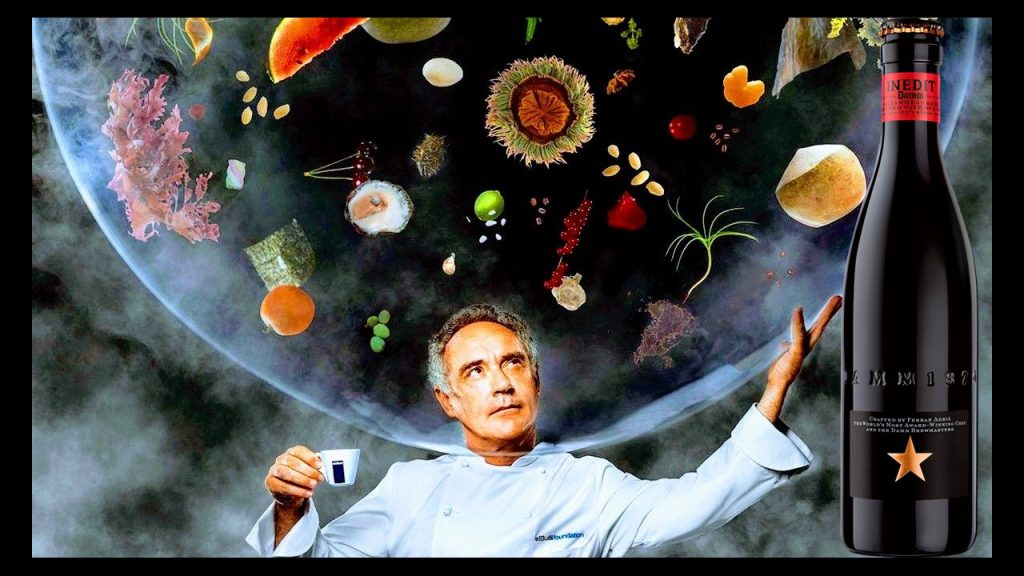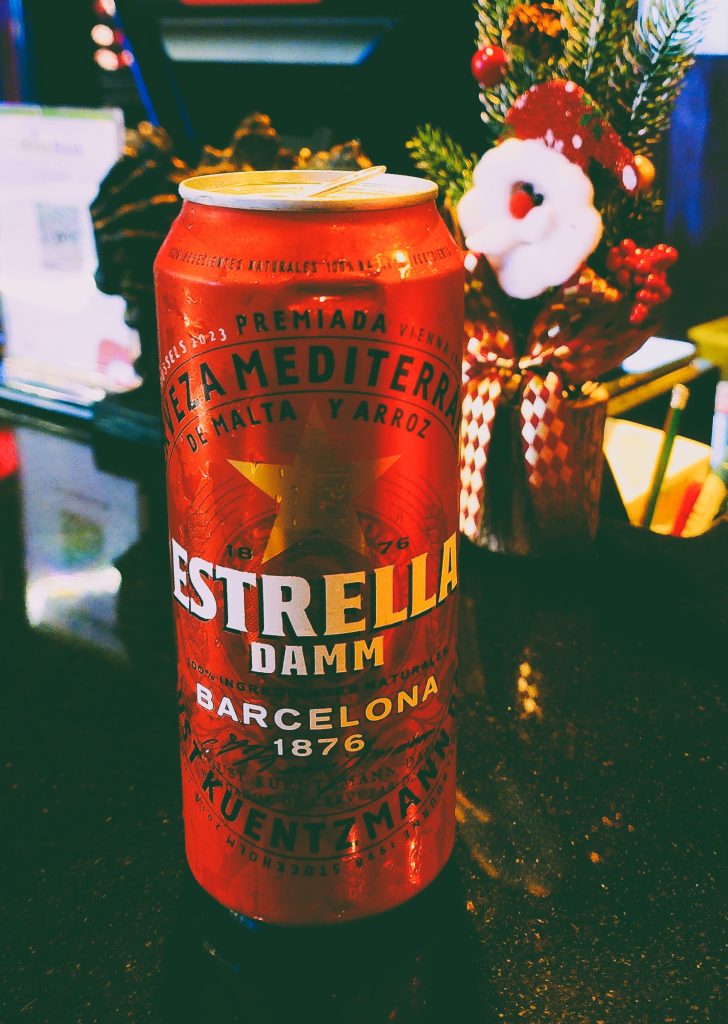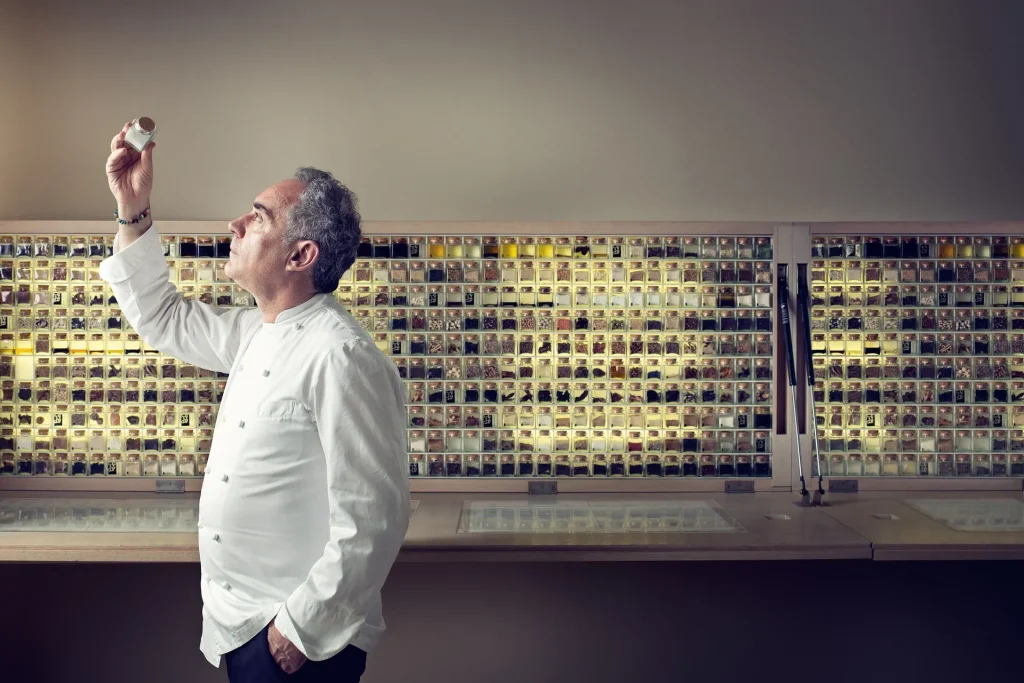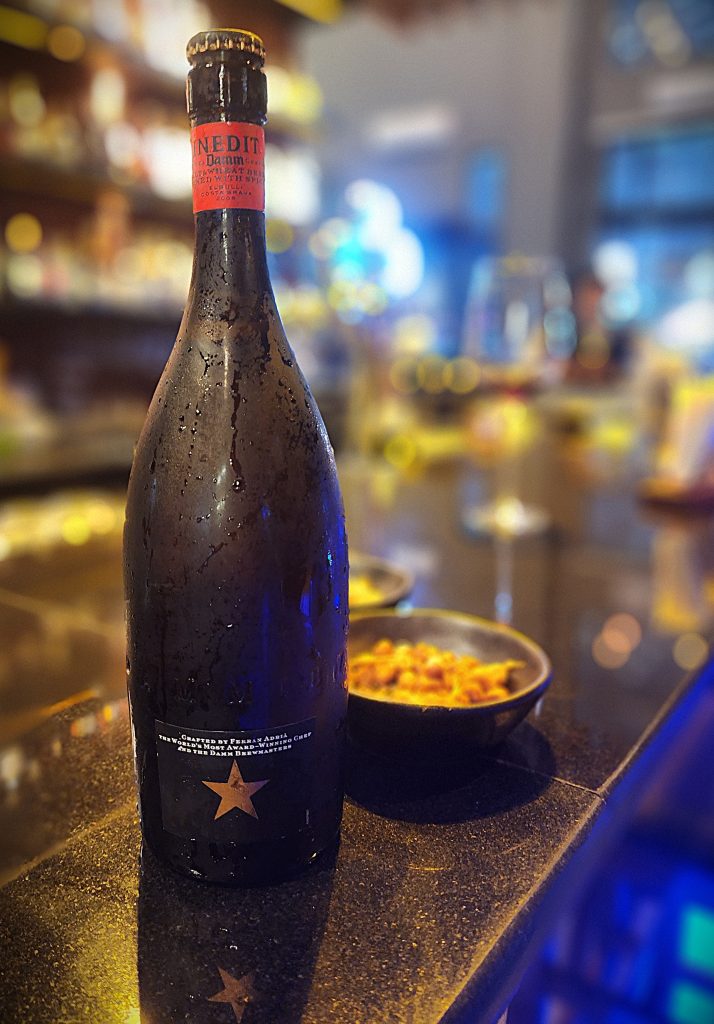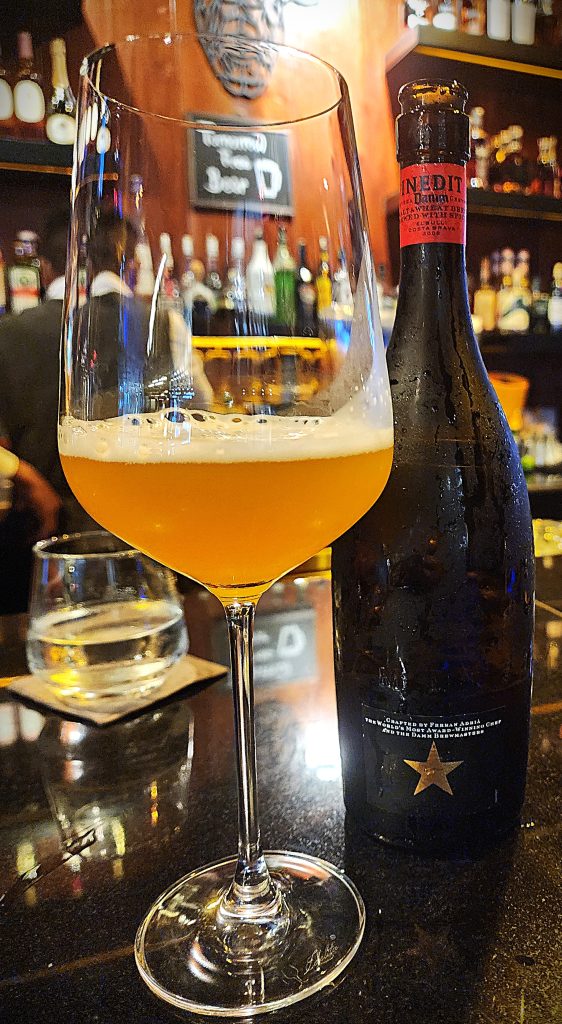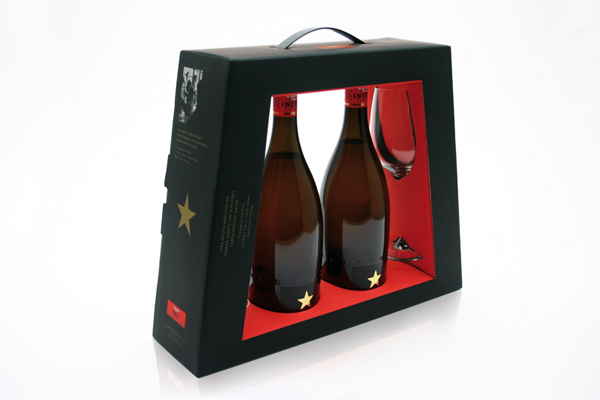That Damm Ferran Adria Beer
Estrella Damm was founded by two Alsatians in 1876, who had arrived in Barcelona fleeing from the Franco-Prussian War. August Küntzmann Damm and Cousin Joseph Damm founded the Damm Corporation, opened a brewery, and began brewing their own beer. This was a lighter beer than those of their homeland, adapted to a warmer, Mediterranean climate and the local diet, they began to market it as a “Mediterranean lager beer”.
It was called “Strasburger Bier” and had the symbol of a five-pointed red star, and it was soon known locally as ‘Star Beer’ or variations of the same. Estrella means star in Spanish. By the early part of the 1900’s the beer was starting to receive international recognition in trade fairs and exhibitions, (in places such as Rome, Paris, London, Antwerp, and Genoa).
In 1921 the name was changed to Estrella Dorada, (golden star) and in 1929 the star symbol itself was changed from red to a gold colour. In 1991, the final name change to Estrella Damm, in recognition of its founders.
The brewery is the largest in Barcelona, the oldest Beer brand in Spain and is one of the country’s most popular beers. They claim to still stay as close to August Damm’s original recipe, using all-natural ingredients of barley, malt, rice, and hops.
Estrella dreams are ones of cold beers with friends or lovers, looking out over the coastline, hot day with a gentle onshore breeze, a wide and glorious selection of tapas and freshly caught seafood, local spices, smiles, laughter, affection -these are the days you live for.
Ferran
“…he is a genius who is twenty years in front of everyone else, and it has been that way for the whole run of el Bulli.”
Anthony Bourdain
In culinary circles right around the world, the name Ferran Adria needs little introduction; he is widely regarded as probably the most innovative chef there has ever been, and possibly the greatest. He is the godfather of molecular cooking, pushing the boundaries of cooking, science, flavour, and art -to levels previously unconceived, let alone tried.
His three Michelin star restaurant El Bulli, in a time-span between 2002 and 2009 was voted the best restaurant in the world, (San Pellegrino Top 100) five times, coming second three times and third once. Epicureans the world over made pilgrimages to the restaurant, for some it could take years to get a table at El Bulli, many never got in at all.
His cookbooks became best-sellers, and in the same way that the cosmologist and particle physicist Stephen Hawking’s book ‘A Brief History of Time’ brought an interest in physics to the a broader populace, Adria’s works brought a vigorous interest in fine dining, molecular gastronomy and the ‘art of the kitchen’ that transcended his industry, capturing the imagination of the public at large.
Even after El Bulli closed its doors in 2011, he remains one of the most recognizable, revered and respected chefs on the planet, and his former restaurant has now been turned into a museum, called El Bulli 1846 in recognition of the one thousand eight hundred and forty six dishes conceived and develop during the restaurant’s lifetime.
Today, through his El Bulli Foundation, Adria continues to create, challenge, innovate and inspire, beyond the kitchen and the culinary world.
Inedit
SA Damm approached the native Barcelonan to work with his sommeliers and their brewers, in order to develop a unique Spanish beer created to go with both local and modern cuisine. The brief was to make a beer that respects and pairs with the new wave of modern, innovative, and unique gastronomy.
The result is truly something extraordinary, something exceptional.
The beer, first created in 2008, is called Inedit, which means ‘never done before’, and is really two beers fused together. A traditional malted barley beer and a wheat beer, (witbier originally from Belgium). The un-malted wheat gives the beer more body and a fuller mouthfeel. The beer is also flavoured with spices: hops, licorice, coriander seed and orange peel which bring complex aromatics and flavours.
A glowing amber orb in the glass, slightly hazy due to unfiltered wheat proteins, with an attractive and invitingly rich, frothy head of foam. Carbonation is low and persistent with a lovely balance between the bitterness of the hops and the soft, almost creamy texture as the beer enters the palate. The beer is light to medium-bodied with a dry but not aggressive finish of rolled oats. The die brume, (froth) is super impressive, tightly knit, foamy and carrying through the length of the palate, balancing the bitterness and subtle spices and fruity notes. This is an incredibly impressive beer, I love it, and I would love to pair it with everything from Pata Negra Bellota, Manchego, Chorizo and Membrillo, to salt and pepper squid, leek calcotada with Romesco sauce, or Japanese Warayaki dishes of beef, chicken, and fish.

